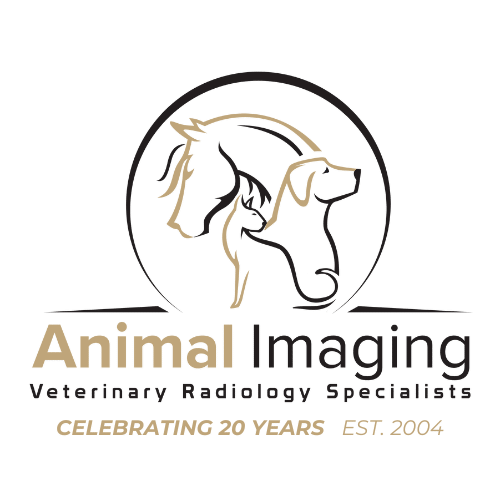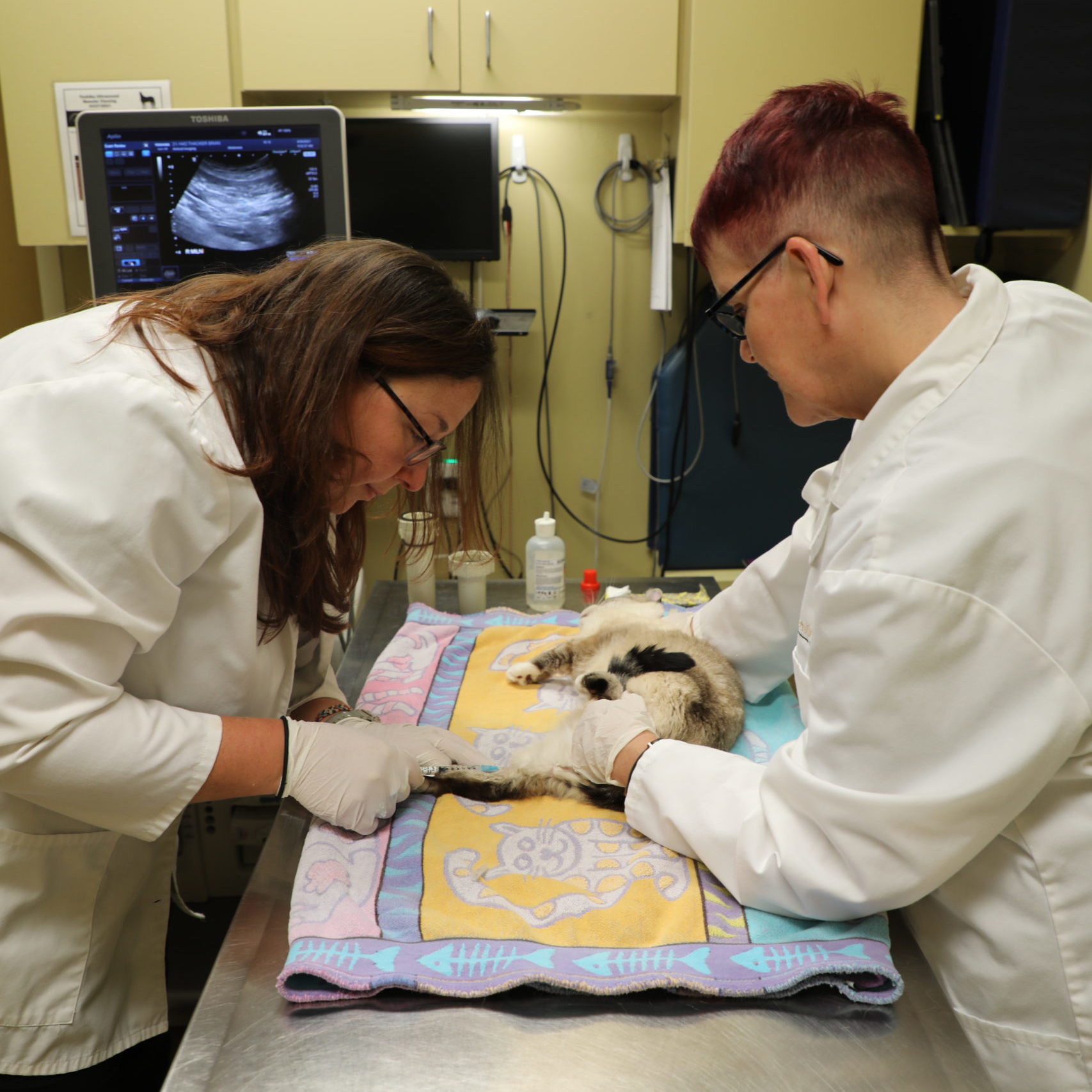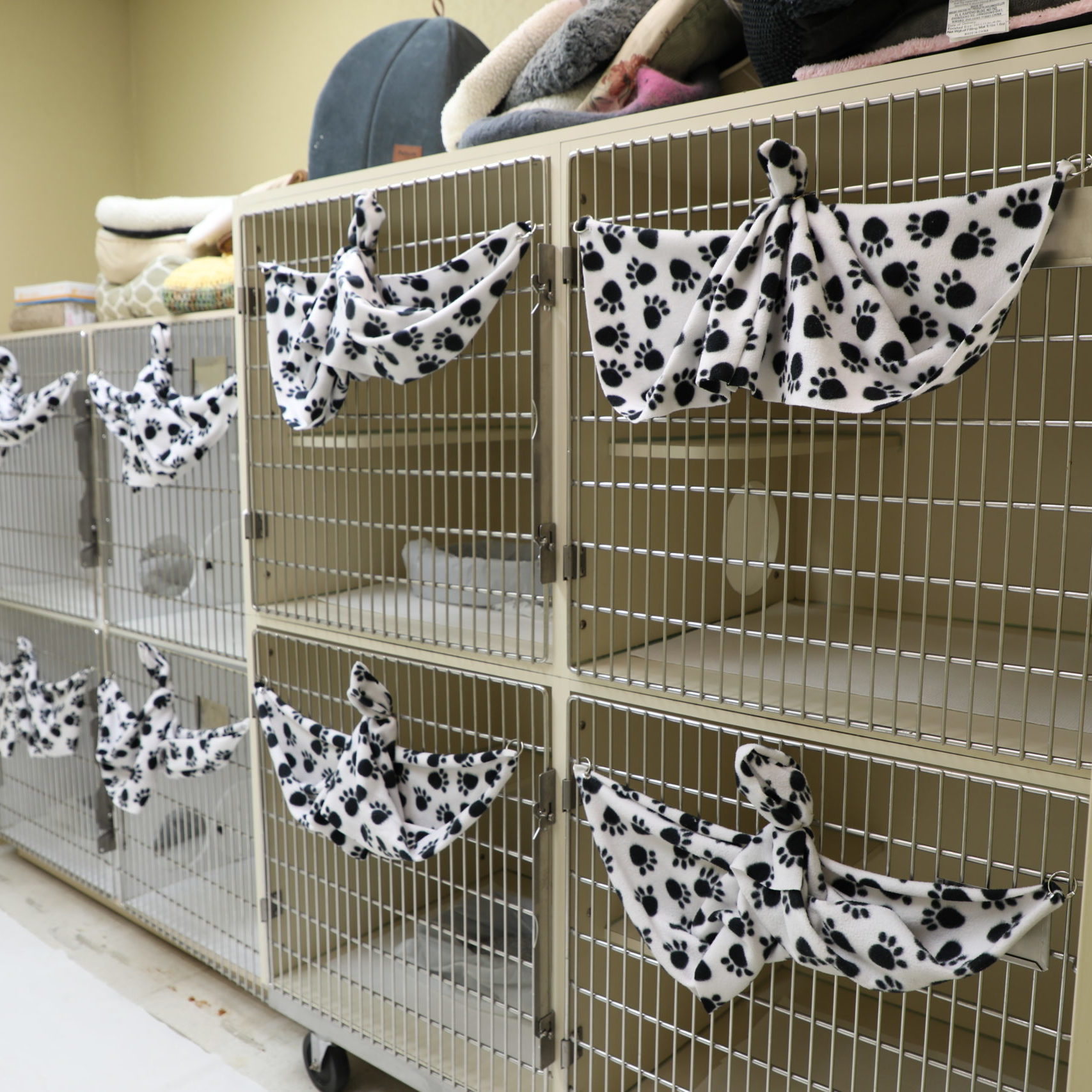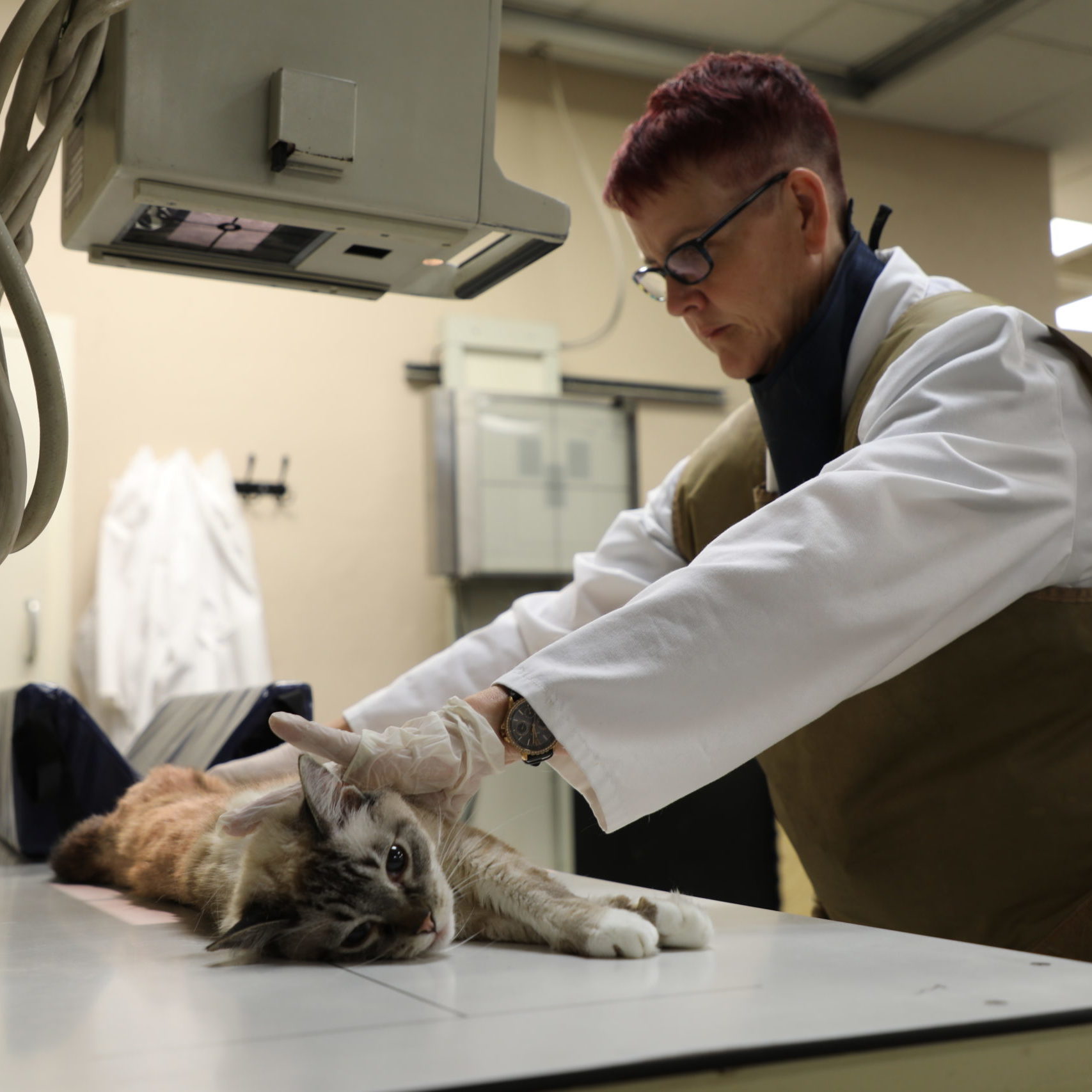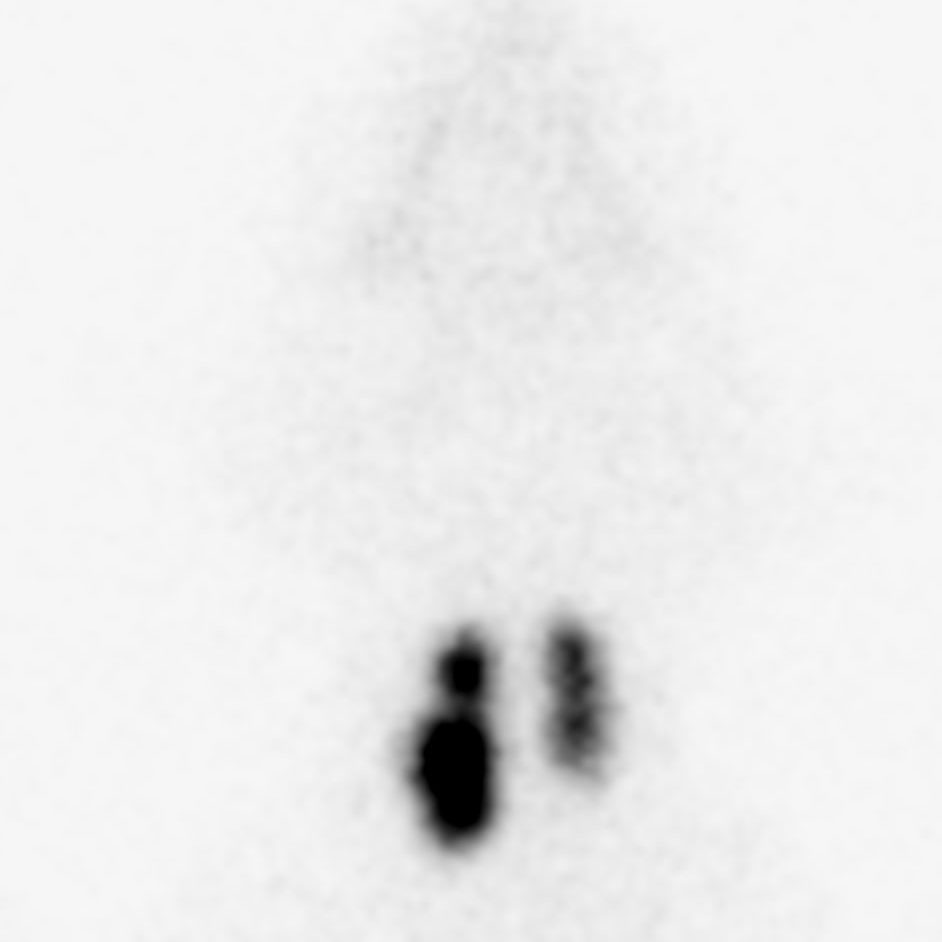Feline hyperthyroidism is the most common endocrine disorder in middle aged and geriatric cats. Symptoms can include behavioral changes, hyperactivity, weight loss, increased appetite, increased thirst and urination, vomiting, diarrhea, and rapid heart rate. Often affected cats may have an unkempt coat that appears matted and/or greasy. Most cats respond quite well to treatment and have a good prognosis. Cats with severe disease or those that have developed further complications may have a more guarded prognosis.
Your veterinarian may diagnose hyperthyroidism through physical examination as well as through routine laboratory findings indicating elevated thyroid hormone levels in the blood. Once a diagnosis of hyperthyroidism is made, your veterinarian will discuss options for treatment, which may include anti-thyroid medications, diet, surgery, or radioactive iodine (I-131).
How to know if Radioactive Iodine (I-131) Treatment is right for your Cat
Your veterinarian can help you decide if radioactive iodine (I-131) is a good option for your cat. If so, a few pre-screening tests will need to be performed prior to administering the treatment. These tests allow for further evaluation of the severity of the disease and to determine if any other organ systems are involved. The screening tests include:
- A blood chemistry profile to screen for underlying illnesses such as kidney disease. This routine blood test can be performed by your veterinarian.
- A urinalysis is an additional screening test for kidney disease that can be performed by your veterinarian.
- A thyroid scan (nuclear scintigraphy) is performed at Animal Imaging to evaluate the thyroid itself and give us a better understanding of the disease. The thyroid scan will allow us to evaluate how much of the thyroid gland is affected and help us determine if the disease is benign or malignant.
- Chest and abdominal radiographs (x-rays) are also performed at Animal Imaging as part of the thyroid work up to screen your cat for any overt problems with the heart, lungs, or abdominal organs that may warrant additional diagnostics prior to treatment.
Once these tests are completed, our board-certified radiologists can determine if your cat is a good candidate for the treatment of hyperthyroidism with radioactive iodine. If so, Animal Imaging can provide a safe and effective treatment in a comfortable environment.
What is involved with Radioactive Iodine Treatment?
The treatment involves an injection (under the skin, like a vaccination) of the radioactive iodine. Your cat will then need to stay in our I-131 isolation room until the level of radiation is low enough for your cat to safely return home (5 days). The accommodations are comfortable and quiet. Our goal is to keep our patients as comfortable and happy as possible during their stay with us.
What to expect following the treatment?
Once your cat is discharged, there are a few minor precautions that will need to be followed in order to keep you and your family safe, as your cat will still have a low level of radioactivity for an additional two weeks post discharge. Keep in mind these are temporary changes and in a short period of time you can return to your normal daily routine. Detailed discharge instructions will be provided upon picking your pet up from our clinic.
We are here to help.
At Animal Imaging, our passion is providing the best care and information to you and your veterinarian.
We are proud to have a dedicated team of board-certified veterinary radiologists available for your pet.
Questions or concerns? Call us!
(972) 869-2180
BE IN THE KNOW
Enter your email to be the first to hear about the latest case studies, announcements, and upcoming exclusive CE events.
